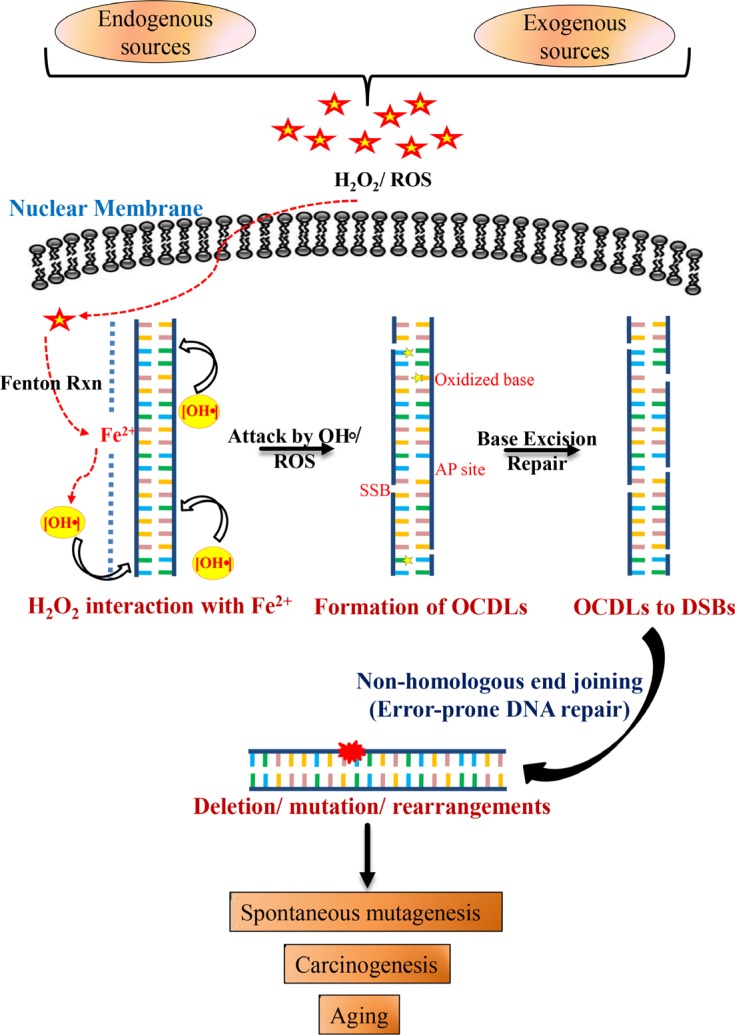Figure 6. Schematic model for combined roles of OCDLs and error-prone NHEJ in oxidative stress-induced mutagenesis.
Oxidative stress and hydroxyl radicals can be produced in cells due to a variety of endogenous and exogenous factors. H2O2 even at low concentrations can react with Fe2+ that is weakly associated with the N7 of guanine (RTGR sequence; Fenton's reaction), leading to base damages and sugar lesions. The formation of more than one hydroxyl radical by closely spaced Fe2+ ions or the redox recycling process or during replication due to loose DNA structure may damage the DNA in proximity to form OCDLs. OCDLs can be converted to DSBs with complex DNA ends during the repair process. Since OCDLs can cause complex DNA ends, they may be repaired primarily by NHEJ (Ku70-, LIGIV-, and DNA-PKcs). However, the error-prone NHEJ repair pathway, while trying to repair these DSBs, may introduce mutations in the genome. Thus, the genomic instability produced may play relevant roles in the etiology of a wide variety of human diseases including cancer, chronic inflammation-related disorders, neuro-degeneration and aging.

